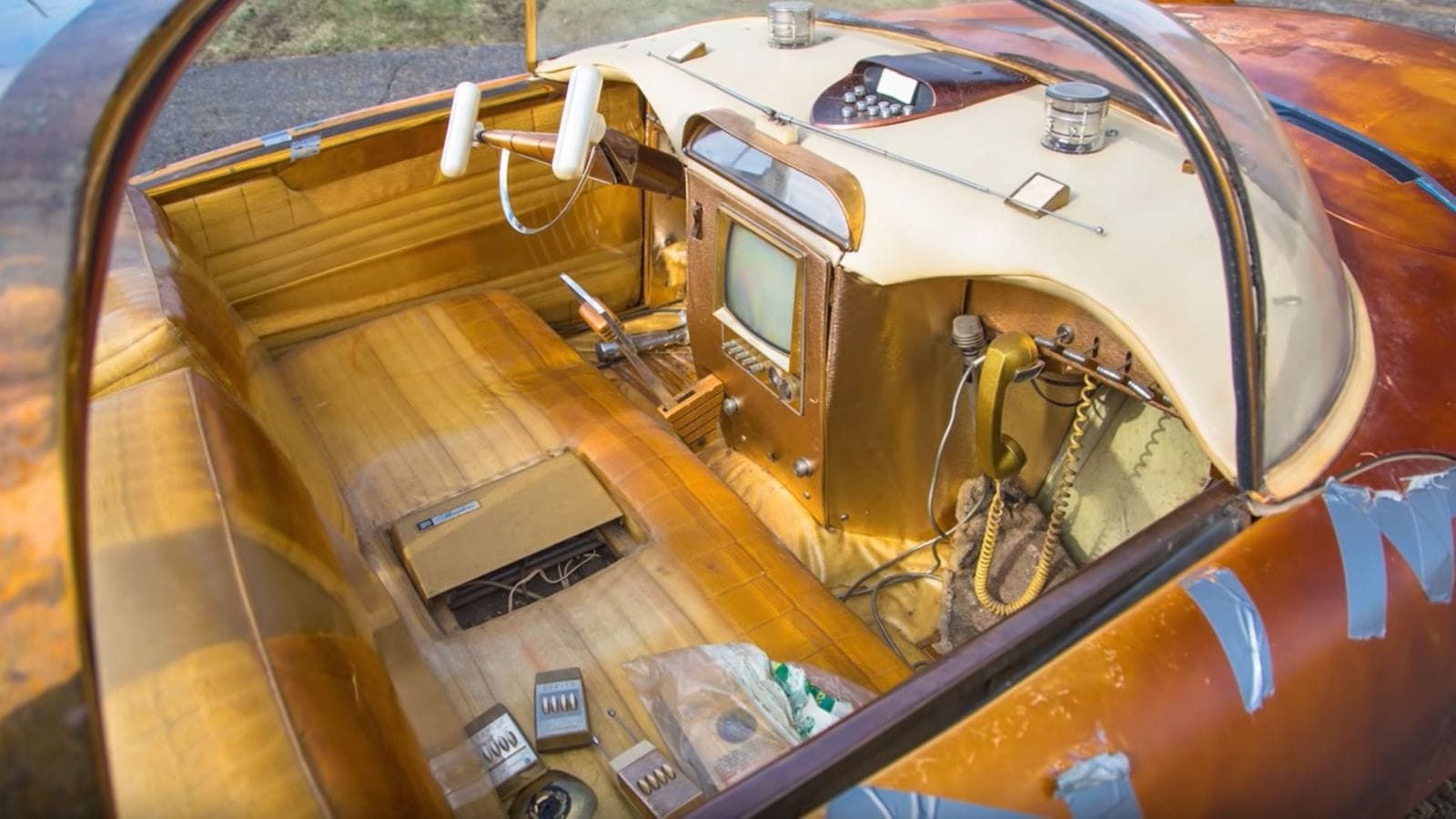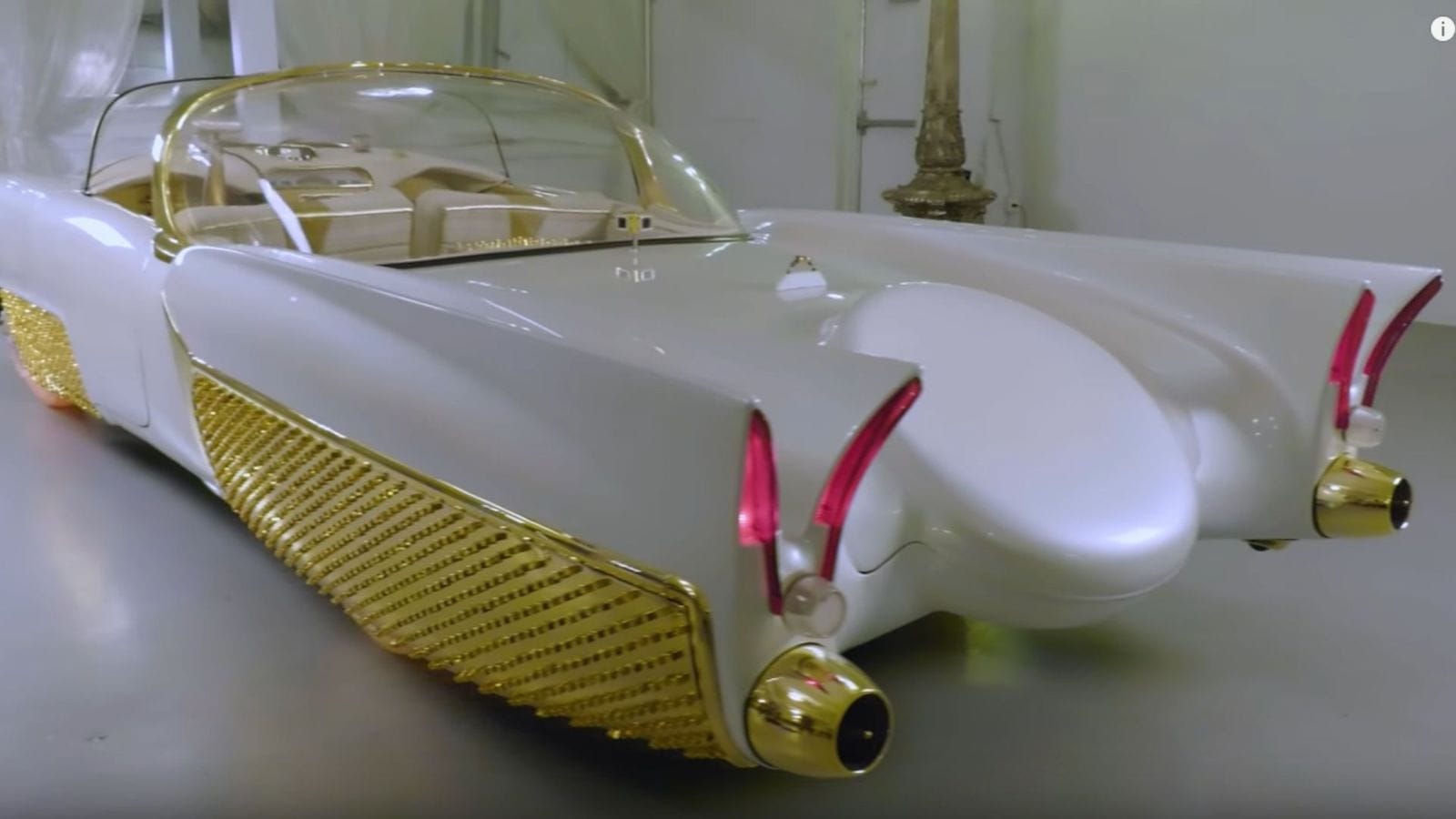Packed with advanced features that showcased futuristic automotive design.
The Golden Sahara, along with its successor, the Golden Sahara II, is a testament to the innovative spirit and forward-thinking design of the 1950s. While many might believe that the technological advancements of modern cars are leaps and bounds ahead of what anyone in the past could have imagined, the Golden Sahara series challenges that notion. These cars were not only visually stunning but also packed with features that were incredibly advanced for their time.

The original Golden Sahara was the brainchild of George Barris, a legendary car customizer known for creating iconic vehicles like the 1966 Batmobile. Starting with a wrecked 1953 Lincoln Capri, Barris transformed it into a futuristic wonder. The car's design was nothing short of revolutionary, featuring a wrap-around windshield, a half-bubble top, and four tail fins. To achieve its distinctive pearlescent finish, Barris and his team ground up fish scales and mixed them into the paint, while gold-plated trim pieces added an extra touch of luxury.
Inside, the Golden Sahara was just as extravagant. The trunk could be accessed by twisting the rear license plate, a unique feature even by today’s standards. The interior boasted white Naugahyde and Golden frieze upholstery, shag rug floor coverings with a 2-inch pad, and golden trim pieces. Luxury was taken to the next level with a built-in refrigerator, cocktail bar, and even a television mounted in the dash. A hi-fi radio and a tape recorder nestled between the driver and passenger seats completed the ensemble, making the car a rolling symbol of opulence and innovation.
The Golden Sahara II, built by car collector Jim Street at Delphos Machine and Tool in Dayton, Ohio, in 1956, took the concept of futuristic cars even further. Street invested an astonishing $75,000 into the project (equivalent to around $700,000 today), demonstrating his commitment to creating the car of tomorrow.
This iteration featured doors that opened electronically, a vibrating massage seat, mink carpeting, and even a non-functional telephone, hinting at the future integration of communication devices in vehicles. The car’s control yoke, similar to those found in airplanes, allowed the driver to steer, brake, and accelerate, while a remote control could start or stop the engine, open the doors, and manage acceleration or braking.

One of the most innovative features of the Golden Sahara II was its translucent tires, custom-made by Goodyear. These tires were designed to light up during bad weather, making the car more visible, or to glow whenever the brakes were applied. This concept was far ahead of its time, anticipating safety features that wouldn’t become mainstream for decades.
The Golden Sahara II toured the United States, captivating audiences wherever it went. Its futuristic design and advanced features made it one of the most popular and talked-about cars of its time. However, the car mysteriously disappeared in the 1960s, leading to speculation about its fate.
It wasn’t until the death of Jim Street in 2018 that the Golden Sahara II resurfaced. It had been parked at Street’s home in Ohio and was in need of a full restoration. The car was auctioned off for $385,000 to Klairmont Kollections, who undertook the task of restoring this iconic vehicle to its former glory.
The Golden Sahara and Golden Sahara II are more than just cars; they are symbols of the limitless imagination and technological optimism of the 1950s. From their groundbreaking design to their advanced features, these cars were truly ahead of their time. Today, they stand as a reminder of an era when anything seemed possible, and the future of automotive design was limited only by the creativity of the minds behind the wheel.





